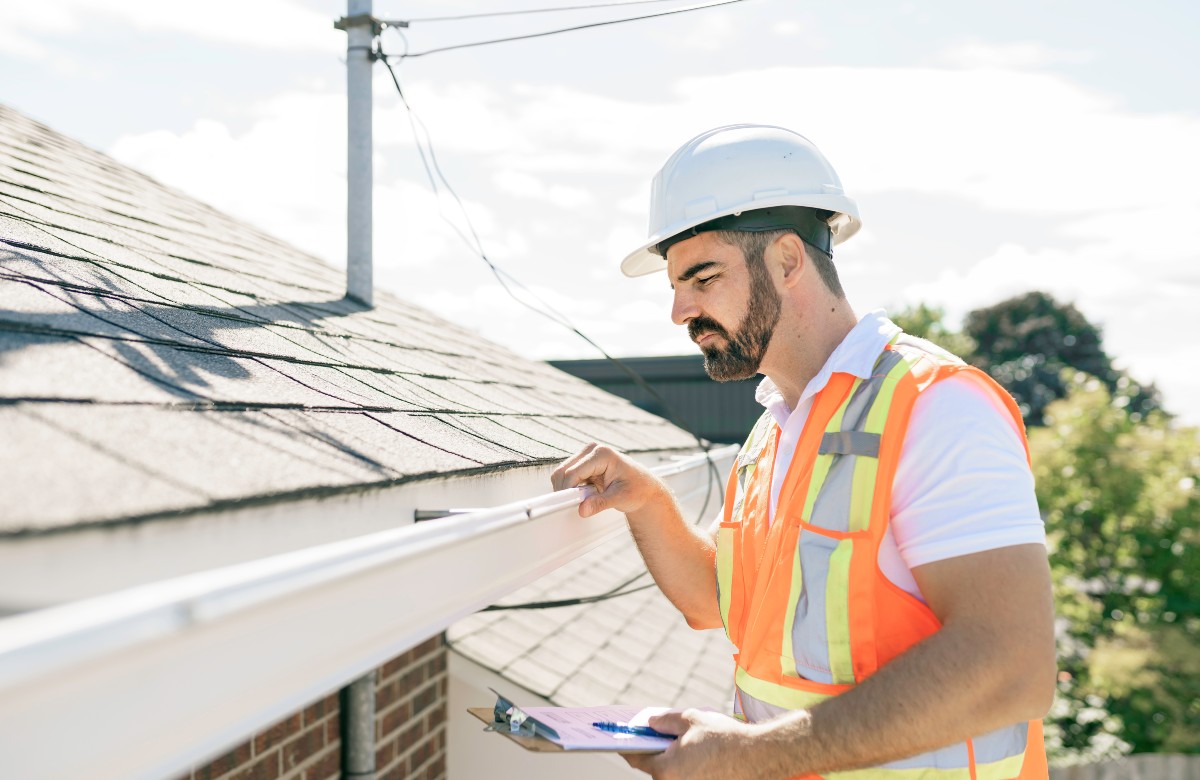Roofing is a crucial element of architecture for a quantity of necessary reasons:
Protection from the Elements: One of the primary functions of a roof is to supply shelter and protection from environmental components similar to rain, snow, wind, and extreme temperatures. It prevents water from entering the building, which may trigger structural harm, mildew growth, and different points.
Structural Integrity: Roofs play a vital position in maintaining the structural integrity of a constructing. They distribute the burden of the roof and any hundreds (e.g., snow) evenly to the partitions and foundation. A well-designed and correctly constructed roof ensures the steadiness and security of the entire construction.
Aesthetics and Design: Roofs are a visible and prominent a half of a building's exterior. Architects use roof design to reinforce the overall aesthetics of a construction. Go to this website , materials, and magnificence of the roof can contribute to the architectural character and enchantment of a building.
Environmental Considerations: Sustainable structure locations an emphasis on vitality effectivity and environmental duty. Roofing supplies and design can impact a building's power efficiency. For example, cool roofs can reflect more daylight and take up much less warmth, reducing cooling prices and urban warmth island effects.
Natural Lighting and Ventilation: Roof design can incorporate features like skylights, dormers, and roof vents to provide natural lighting and air flow within a constructing. This can enhance indoor consolation and scale back the need for synthetic lighting and mechanical air flow.
Historical and Cultural Significance: In some architectural types, such as Gothic or Victorian, the roof is normally a key element that reflects the historical and cultural context of a constructing. Roof details and shapes can inform a narrative in regards to the period by which a structure was constructed.

Space Utilization: Roof design can create further usable space within a building, similar to attic rooms, rooftop gardens, or out of doors residing areas. Architects typically consider how to maximize space and performance when designing roofs.
Energy Efficiency: Energy-efficient roofing supplies and design can contribute to a constructing's overall power performance. Proper insulation and air flow might help regulate indoor temperatures and scale back heating and cooling costs.
Safety and Fire Resistance: Roofing supplies are chosen with security in thoughts. Some supplies, like fire-resistant roofing, may help stop the unfold of fires in a building, providing priceless time for occupants to evacuate.
In summary, roofing is a basic side of structure that mixes functional and aesthetic concerns. It not solely protects the inside of a constructing from the elements but in addition contributes to the general design, sustainability, and security of a structure. Architects fastidiously consider roofing materials, shapes, and features to realize their design objectives whereas ensuring the consolation and well-being of constructing occupants..
